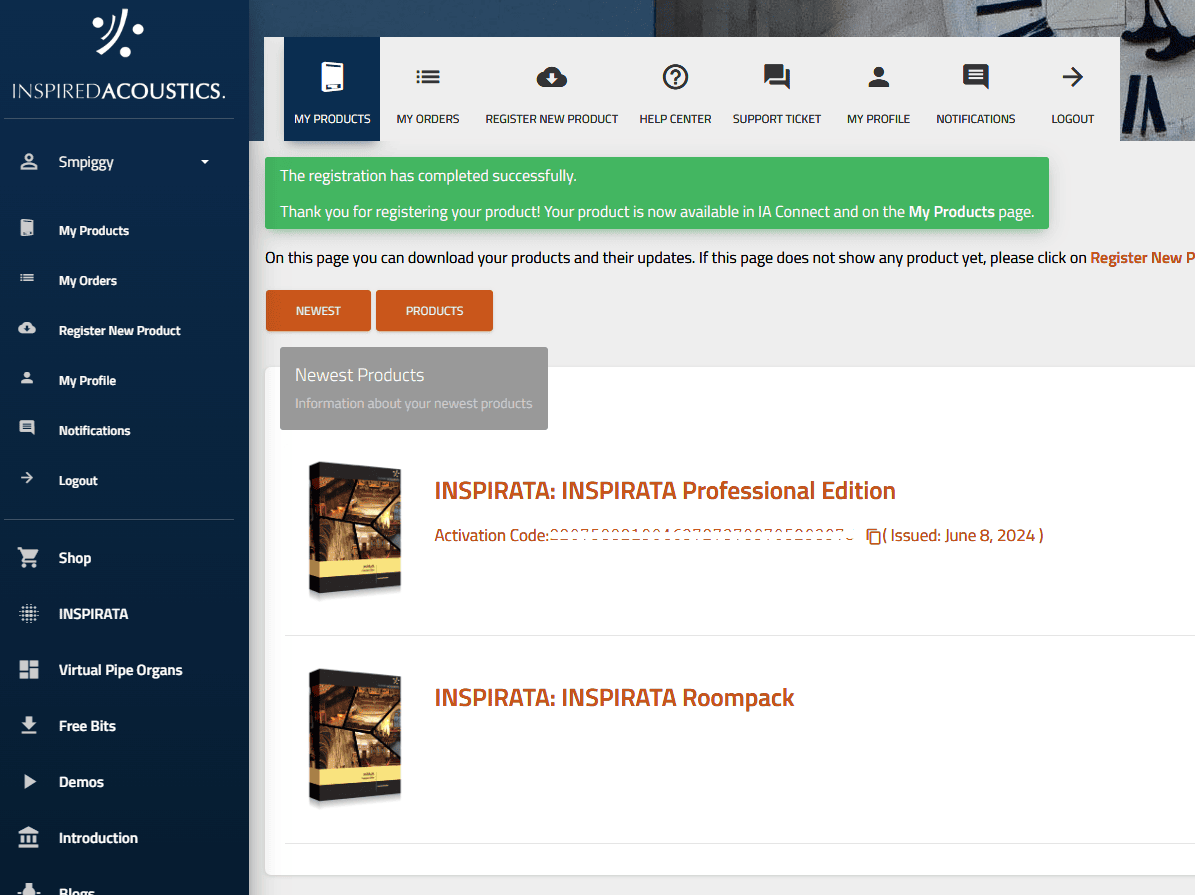Reverse the Attraction: How to Create a Website That Repels Users Instead of Attracting Them
Guide or Summary:IntroductionWhy Repelling Users?Identifying Repelling FactorsDesigning the Repelling WebsiteTitle Rewrite: "Repelling Users: The Ultimate G……
Guide or Summary:
Title Rewrite: "Repelling Users: The Ultimate Guide to Designing Websites That Push Away Visitors Instead of Drawing Them In"
Introduction
In the digital age, creating a website is no longer a daunting task. With numerous website builders and platforms available, anyone can design and launch their online presence. However, the challenge lies not just in building a website but in ensuring it attracts and retains visitors. This article delves into a counterintuitive approach: repelling users. By intentionally designing websites that push away visitors, we can uncover valuable insights into user behavior, preferences, and expectations.
Why Repelling Users?
The concept of repelling users may sound counterintuitive, but it offers a unique perspective on website design. By intentionally designing websites that repel visitors, we can identify and rectify common issues that deter users. This approach allows us to gain a deeper understanding of user behavior and preferences, ultimately leading to more effective website designs.
Identifying Repelling Factors
To create a website that repels users, we must first identify the factors that drive visitors away. Common repelling factors include:
1. **Cluttered Design**: A cluttered website can overwhelm visitors and make it difficult for them to find what they are looking for. A minimalist design with clear navigation can help guide users and reduce frustration.

2. **Slow Loading Times**: Slow loading times can frustrate users and lead them to abandon the site. Optimizing images, minimizing code, and using a reliable hosting provider can improve loading times.
3. **Inconsistent Branding**: Inconsistent branding can confuse users and create a disjointed experience. Ensuring a consistent color scheme, typography, and visual elements can enhance brand recognition and user experience.
4. **Lack of Content**: A website with insufficient content can leave users feeling unfulfilled and uninformed. Providing valuable, relevant, and engaging content can keep users engaged and encourage them to return.
5. **Poor User Experience (UX)**: A website with a poor user experience can deter visitors and negatively impact their perception of the brand. Ensuring a smooth, intuitive, and user-friendly interface can enhance user satisfaction and loyalty.

Designing the Repelling Website
Now that we have identified common repelling factors, let's explore how to design a website that intentionally repels users:
1. **Cluttered Layout**: Create a website with a cluttered layout, filled with too many elements and information. This can overwhelm visitors and make it difficult for them to find what they are looking for.
2. **Extremely Slow Loading Times**: Deliberately slow down the loading times of your website. This can frustrate users and lead them to abandon the site.
3. **Inconsistent Branding**: Use inconsistent colors, fonts, and visual elements throughout the website. This can create a disjointed experience and confuse users.

4. **Lack of Content**: Provide minimal or irrelevant content on your website. This can leave users feeling uninformed and unfulfilled.
5. **Poor User Experience (UX)**: Design a website with a poor user experience, such as a confusing navigation menu or a slow response time. This can deter visitors and negatively impact their perception of the brand.
While attracting users is the primary goal of website design, repelling users offers a unique perspective that can lead to valuable insights. By intentionally designing websites that push away visitors, we can identify and rectify common issues that deter users. This approach allows us to gain a deeper understanding of user behavior and preferences, ultimately leading to more effective website designs. Remember, every repelling factor identified and rectified is a step towards creating a website that truly attracts and retains visitors.